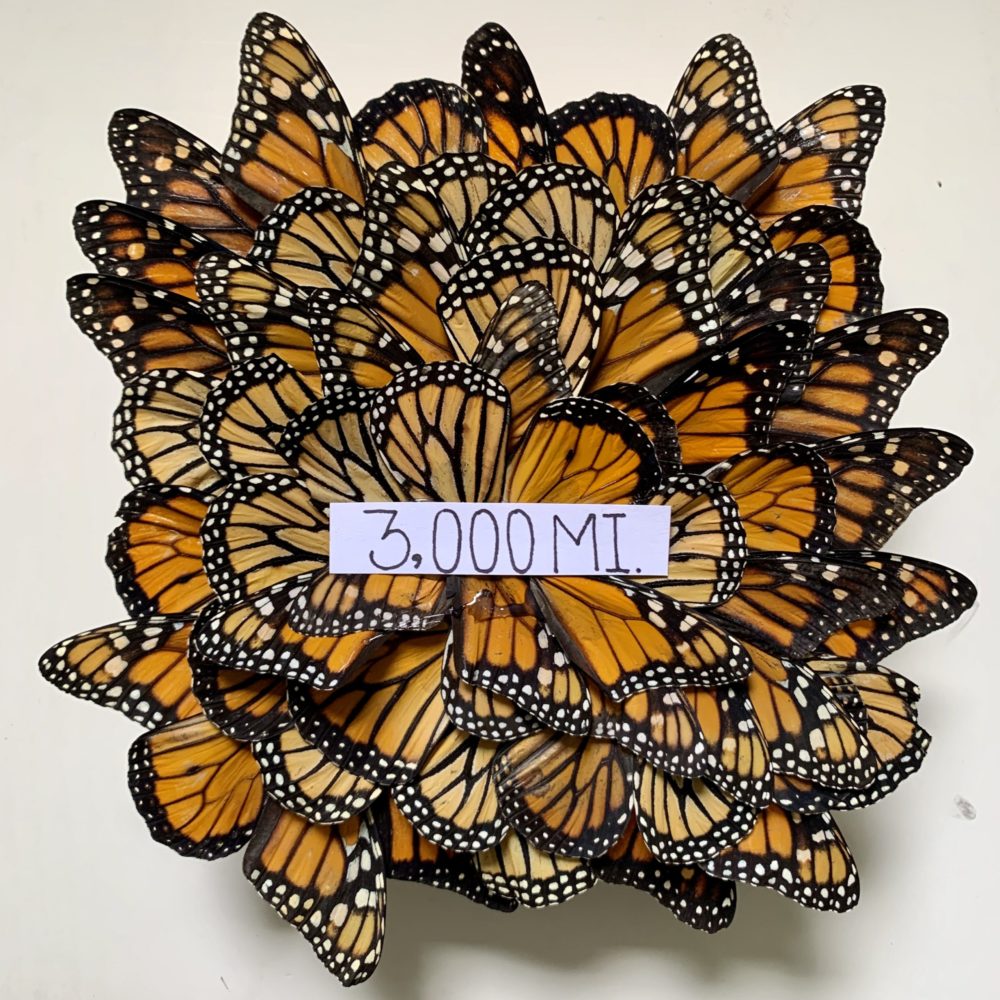‘100 Million Wings, 3000 Miles’
By Altizer Lab at Odum School of Ecology
UGA Graduate Student, Odum School of Ecology UGA, UGA Faculty
"Every fall, millions of monarchs in eastern North America head out on an epic journey that takes them from meadows and prairies of Canada and the US, all the way to winter sanctuaries in the mountains of Mexico. These tiny insects symbolize resilience: they weigh only half a gram and travel across an entire continent – covering thousands of miles - in a matter of weeks. It’s hard to imagine the challenges they face along the way, and how they make this journey. The monarchs that migrate each fall have never made the journey before, and yet they find their way to the same forests that their ancestors traveled to several generations ago. The migration of monarchs is one of the last of the earth’s greatest migrations. Many of the great planetary migrations of birds, bison, salmon, and sea turtles, have either vanished or are declining due to habitat loss, climate change, hunting, pesticides, and barriers to movement. Their losses change the entire ecology of ecosystems and are impossible to replace. Monarchs are declining too, but they are also resilient little insects. A single female monarch can lay up to 1000 eggs, and hatching eggs become adult butterflies in just under a month. Monarch numbers have rebounded in the past, and they can do it again if we give them a chance. These butterflies connect people and habitats in three different countries, and capture the imagination of writers, filmmakers, artists and scientists. For so many of us, monarchs are a connection to nature that began when we were children, and our actions to protect them now will let generations to come to make this same connection."
